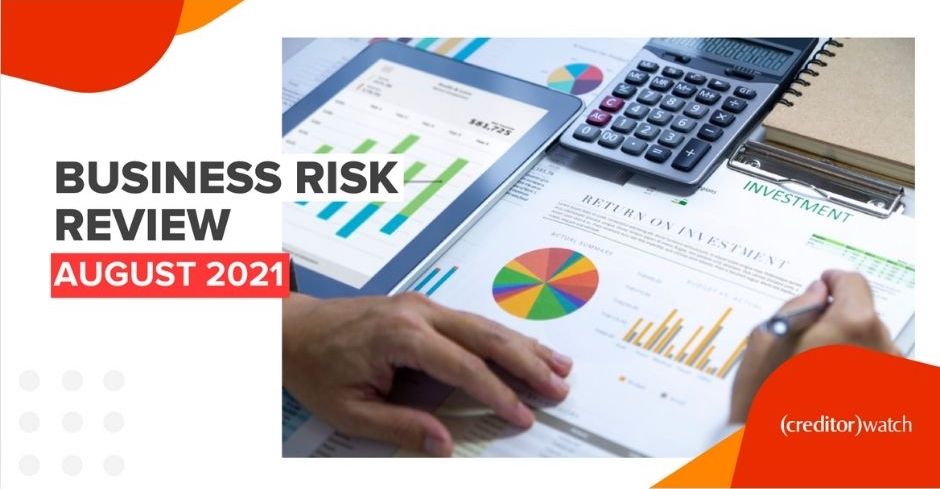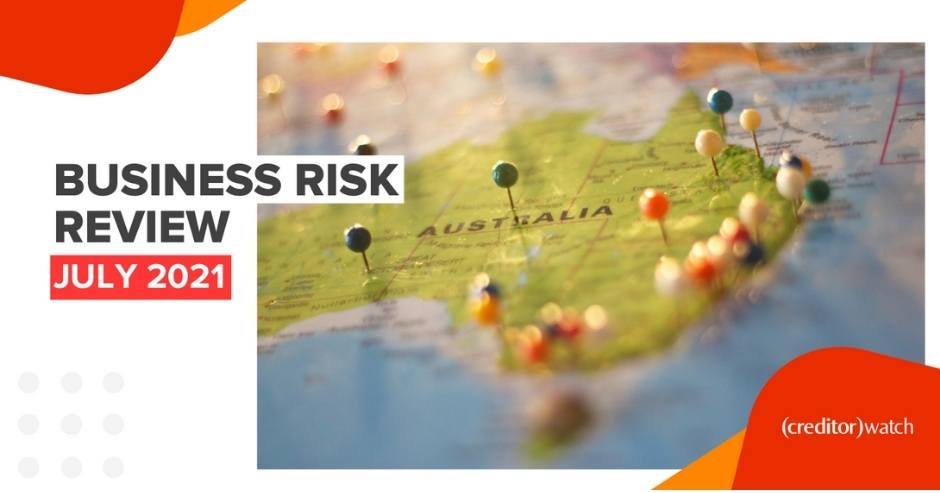Economist Harley Dale’s Perceptions
A key update in recent weeks has been the Reserve Bank Governor – Dr Philip Lowe – state that the Australian economy is likely to have grown in the September 2020 quarter, rather than contracting further after the staggering -7.0 per cent hit we took mid-year.
Two consecutive quarters of economic contraction marks what is referred to as a ‘technical’ recession. A positive outcome for 2020 Q3 will be important for business and consumer confidence, because it will be a ‘good news’ story which will be widely reported across all forms of media.
Beyond that ‘technical’ definition and the broad media attention it attracts, it is really a case of ‘nothing to be seen here, move on’. Maybe the Australian Federal Police (AFP) should make the announcement!
If you consider the Australian business sector and the state of our labour market, Australia remains in recession in November 2020.
SMEs are operating under camouflage
The October CreditorWatch Business Risk Review reveals the potential cliff Australia faces in terms of business failures. This is especially the case for Small and Medium Sized Enterprises (SMEs), but larger businesses are caught in the net – just look at the latest financial results from Australia’s four largest banks.
The latest CreditorWatch Business Risk Review reveals a stubbornly high rate of business defaults and administrations that are fifty percent higher in September 2020 compared to September 2019. What does that tell us?
It tells us that a considerable number of SMEs are operating under ineffective camouflage. Without government support, they will not have the cashflow to survive. Policy makers need to be alert to this fact. A wave of bankruptcies in 2021 risks derailing Australia’s economy recovery.
In terms of the labour market, we have a long road ahead. It appears it will not be quite as bad as initially feared, but we have so many people out of work and we are starting from a base where a substantial number of Australians were underemployed before anybody learnt how to spell COVID.
At least we are starting from a better base than expected, but once the unemployment rate jumps, as inevitably happened with the pandemic, then it is difficult to quickly get the rate back down.
That simply reinforces the importance of ensuring viable businesses are supported and a new policy is implemented which works as a safety net to those many companies who inevitably will not survive.
Industries continue to rely on government stimulus
Taking an around the grounds look, the latest CreditorWatch Business Risk Review reveals that all industries have experienced a decline in business administrations in the September 2020 quarter this year compared to September last year. The Transport, Postal and Warehousing, Manufacturing, and Professional, Scientific and Technical Services industries are especially prominent.
In the COVID-19 environment these figures highlight just how many businesses are reliant on government support to keep their cash flow and business alive.
The key question is – what happens when that government support ends? Answers to that question require more focus from policy makers than is currently being provided.



